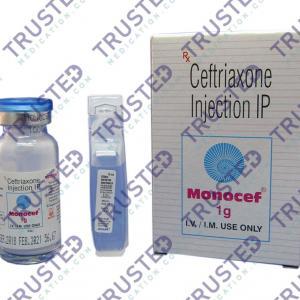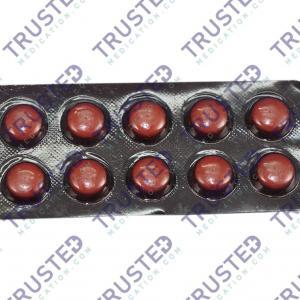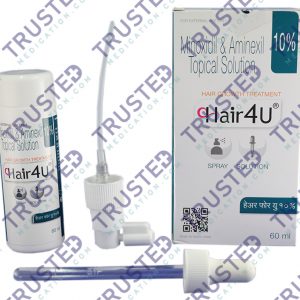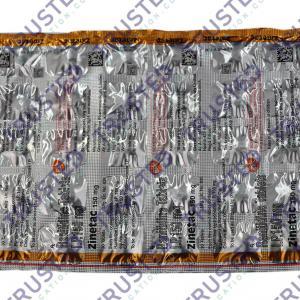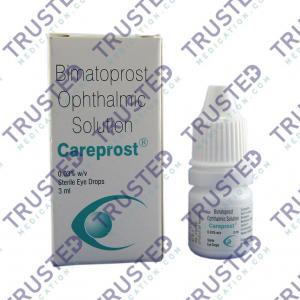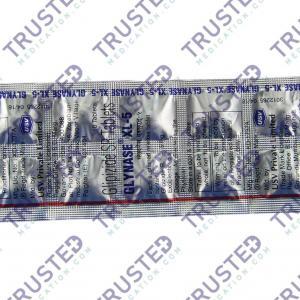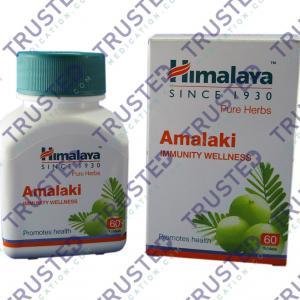
Early signs and symptoms of Ankylosing Spondylitis may include stiffness and pain in the lower back and hips. It usually occurs in the morning after periods of inactivity. Researchers are not sure what triggers the condition, but they think it is tied to your genes. Doctors think it tells your immune system to attack some common bacteria in your body and sets off the symptoms of Ankylosing Spondylitis.

What Is Ankylosing Spondylitis?
Ankylosing Spondylitis (AS) is a type of arthritis that mainly affects the back that causes inflammation in the spine. This can make your back, rib cage, and neck stiff and painful. AS often starts in people who are in their late teens or 20s.
In response to the inflammation, the body creates extra calcium around the bones of the spine. This can make extra bits of bone grow and cause your back and neck to be stiffer. In rare cases, some of the bones of the spine may link up, or fuse because of the extra calcium. In serious cases, this can make the spine curve forward more. While it mainly affects the neck and back, it can also cause pain and stiffness elsewhere in the body, including in the hips, shoulders, and feet.
Risk Factors
Anyone can get ankylosing spondylitis. However, certain factors may increase your risk of developing the disease. These factors include:
- Age. Most people develop symptoms of ankylosing spondylitis before age 45. However, some people develop the disease when they are children or teens.
- Family history and genetics. If you have a family history of ankylosing spondylitis, you are more likely to develop the disease.
- Sex. Men are more likely to have ankylosing spondylitis than women.
- Other conditions. People with Crohn’s disease, ulcerative colitis, or psoriasis may be more likely to develop the disease.
What Are Its Symptoms?
Symptoms typically appear between the ages of 17 and 45 but may develop in younger children or older adults. Some people have persistent pain, while others experience milder symptoms. If you have AS, you may experience:
- Hip pain
- Joint pain
- Neck pain
- Lower back pain and stiffness
- Vision problems
- Loss of appetite and unexplained weight loss
- Abdominal pain and diarrhea
- Skin rash
- Difficulty breathing
- Fatigue
What Causes Ankylosing Spondylitis?
Ankylosing spondylitis has no known particular cause. However, genetic factors seem to be involved. In particular, people who have a gene called HLA-B27 are at a greatly increased risk of developing ankylosing spondylitis. On the other hand, only some people with the gene develop the condition.
Recommended Treatment
The goal of treatment for Ankylosing spondylitis is to relieve pain and stiffness and prevent or delay complications and spinal deformity. The treatment is most successful before the disease causes irreversible damage.
Medication
Dexamethasone – is an effective corticosteroid that amends the immune system’s reaction to pain and inflammation. It has anti-inflammatory and immunosuppressive effects.
Therapy
Physical therapy is an important part of treatment and can provide several benefits, from pain relief to improved strength and flexibility. A physical therapist can design specific exercises for your needs. To help preserve good posture, you may be taught:
- Proper sleeping and walking positions
- Range-of-motion and stretching exercises
- Strengthening exercises for abdominal and back muscles
Surgery
Most people with the condition don’t need surgery. Surgery may be suggested if you have severe pain or if a hip joint is so damaged that it needs to be replaced.
Other treatment:
- Lifestyle choices can also help manage ankylosing spondylitis if medication and therapy are not enough.
- Don’t smoke. If you smoke, quit. Smoking is generally bad for your health, but it creates additional problems for people with ankylosing spondylitis, including further hampering breathing.
- Stay active. Exercise can help ease pain, maintain flexibility, and improve your posture.
- Practice good posture. Practicing standing straight in front of a mirror can help you avoid some of the problems associated with ankylosing spondylitis.

